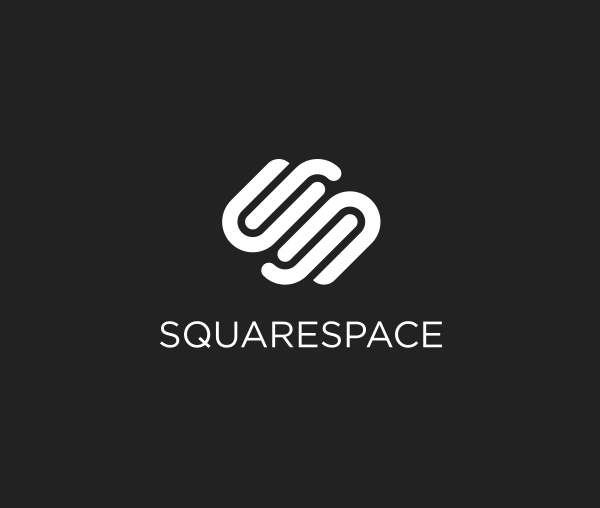Fuji X-T1 Review
/Support my work and review- Buy the Fuji X-T1 from B&H
Fuji X-T1 Highlights:
- 16.3MP APS-C Sensor
- 0.5" 2,360k-Dot 0.77x OLED Viewfinder (EVF)
- 3.0" 1,040k-Dot Tilting LCD Monitor
- 1080p Video Recording at 60 fps
- Built-In Wi-Fi Connectivity for remote shooting, image download and geotagging
- Weather-Resistant Body Construction
- Continuous Shooting up to 8 fps with AF and subject tracking
- Intelligent Hybrid AF and Focus Peaking
- Includes EF-X8 Shoe-Mount Flash Unit
Fuji X-T1 Pro:
- Manual controls- Smart and fully functional dials and the aperture ring on lenses makes the camera fun to use
- Image quality - Excellent image quality - see high ISO shots in gallery below
- Feels great in the hand, well built with a good amount of customizable options
- The EVF or Electronic viewfinder is huge, bright and snappy - I am not typically a fan of EVFs but this one I could be happy using.
- Some excellent lenses and enough of them- including some affordable 3rd party manual focus only lenses
Fuji X-T1 Cons:
- Battery life - 300-400 shots, double that if you buy the battery grip
- Controls - Yes a pro and a con- they are lovely when you have time but I found them difficult if not impossible to use one handed
- No in body image stabilization (like the Olympus) Some lenses, including the excellent kit lens do offer IS
- The EVF is beautiful but the eye-cup could be better, Fuji is starting to sell a deeper one that blocks the light better
- Wifi is finicky to connect at times. I found the remote option to work well, image transfer to usually take two tries to connect and geotagging via phone was mostly a fail
- Video mode OK and continuous AF is not impressive in this camera - even with face tracking on.
Buy the Fuji X-T1 from B&H or Rent from Borrowlenses.comBuy the X-T1 Battery Grip from B&H



 [/himage]HDR OFF - Mouse over for HDR Auto[himage]
[/himage]HDR OFF - Mouse over for HDR Auto[himage]
 [/himage]Viewing tip - Open up the photos and use the arrow keys to navigate through - once you have been through all of the photos once you can use the arrow keys to easily pop back and forth to compare the HDR on and off.
[/himage]Viewing tip - Open up the photos and use the arrow keys to navigate through - once you have been through all of the photos once you can use the arrow keys to easily pop back and forth to compare the HDR on and off.



